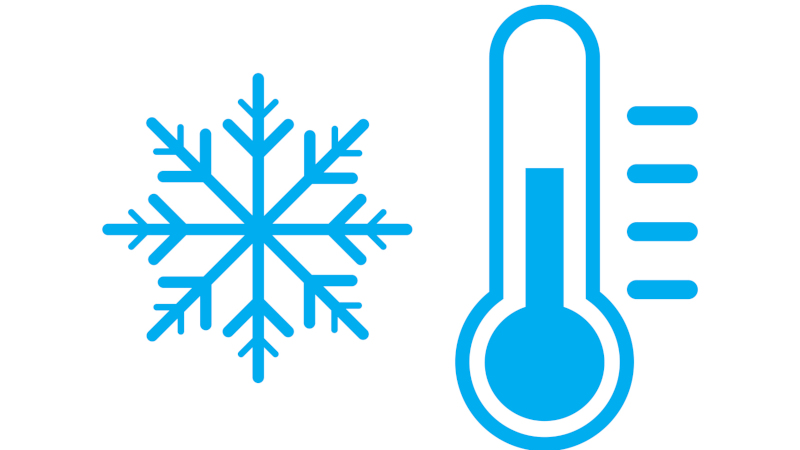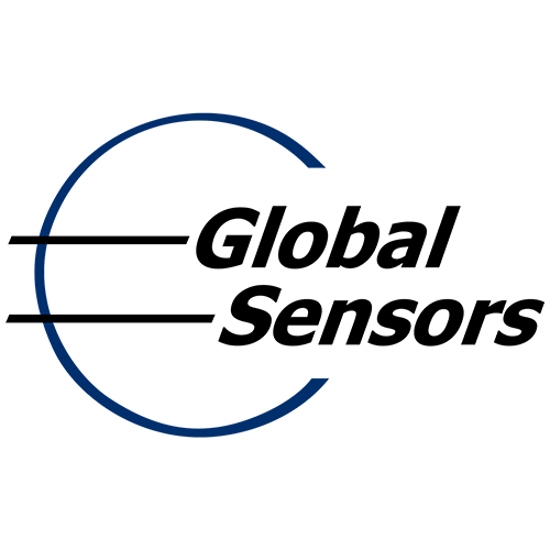We at Global Sensors provide temperature monitoring solutions for a variety of industries, including food and pharmaceuticals. Our team has been working with pharmaceutical companies for many years, and we understand the importance of storing certain medicines and especially vaccines at very low temperatures.

Vaccines in particular require ultra-low temperature storage because the proteins they contain are extremely delicate, and they will become denatured and useless if exposed to too much heat (and for most vaccines, room temperature is too high). Our team provides ultra-low temperature monitoring solutions, and we are familiar with other players in the industry. In this article, we will share the surprising story of how the specialty ice cream company Dippin’ Dots aided in the distribution of the first coronavirus vaccines because it had the necessary infrastructure for ultra-low temperature monitoring.
During the first phase of the coronavirus vaccine roll-out, every possible truck and freezer was needed to get the vaccines out as quickly as possible. Pharmaceutical companies were already using every resource available to them, and they were looking for more trucks to transport the vaccine. However, the refrigerated trucks used for shipping frozen foods can typically only reach about -22 degrees F (or -30 C), when the vaccine needed to be stored at -94 F or below.
Enter Dippin’ Dots. For those who don’t know, Dippin’ Dots ice cream comes in the form of tiny spheres (the “dots”) rather than in a smooth mass like normal ice cream. Each scoop of Dippin’ Dots contains hundreds of tiny ice cream balls. To keep its product in this distinct shape, Dippin’ Dots stores its ice cream at -40 F in freezers capable of reaching -122. Their freezers and trucks were originally developed for the pharmaceutical industry, and they are equipped with the necessary ultra-low temperature monitoring tech necessary to maintain this deep freeze throughout transit. Because it had the necessary tools, the company worked with the vaccine manufacturers during the first COVID vaccine rollouts to transport the vaccine to distribution sites.


